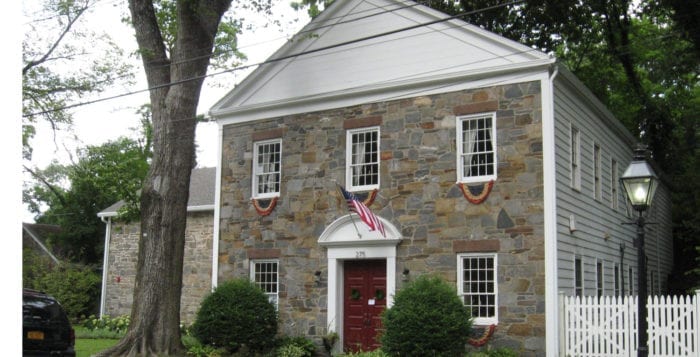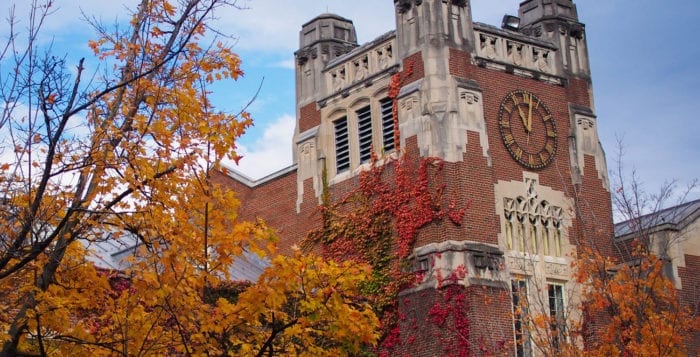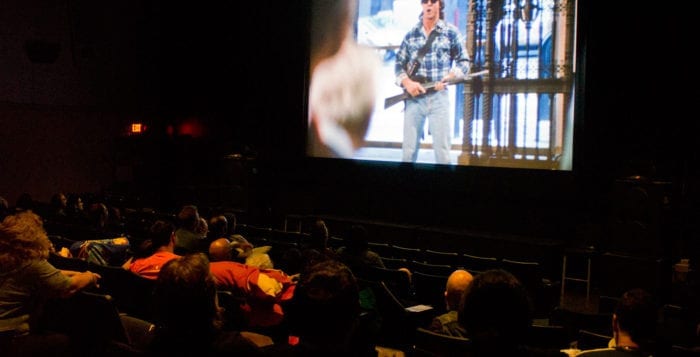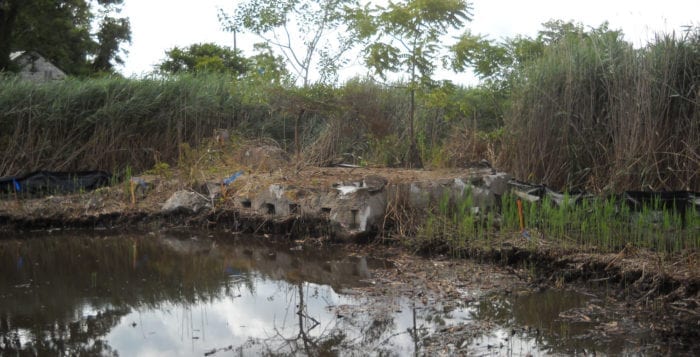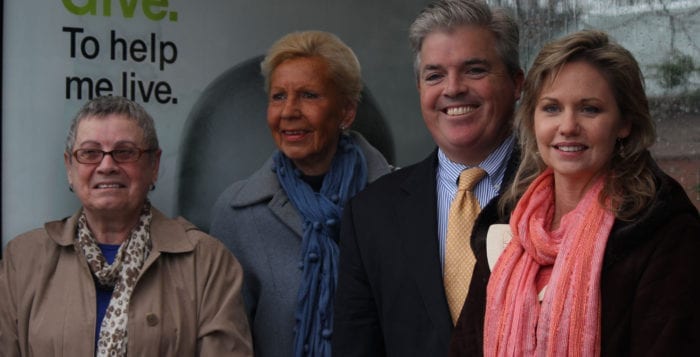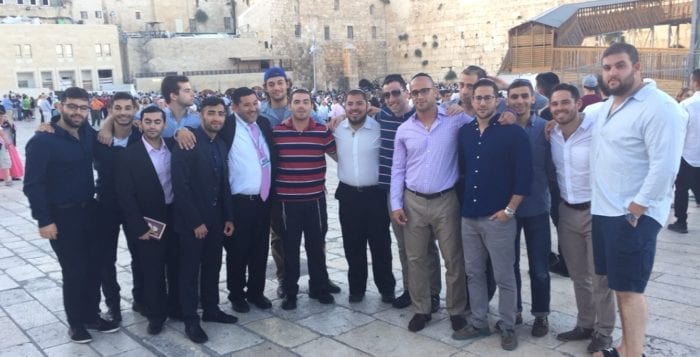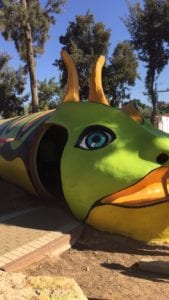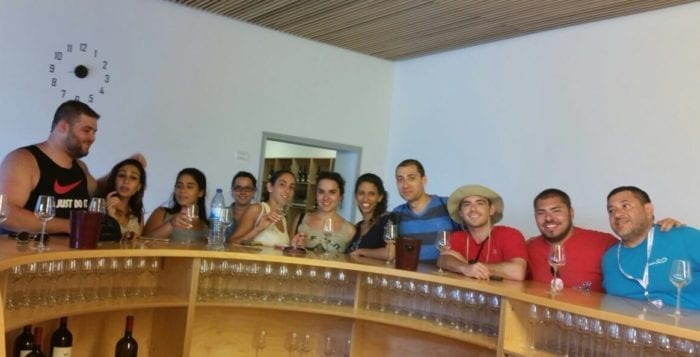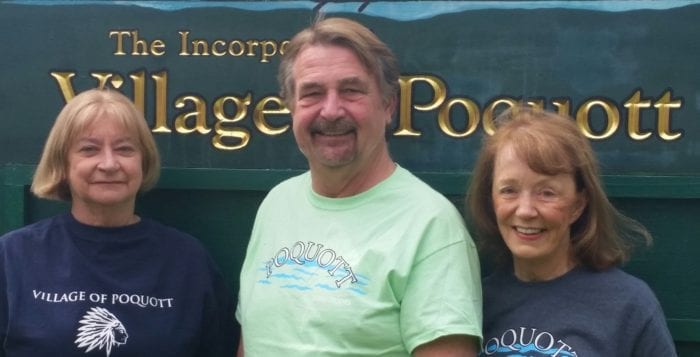By Marisa Vitali
Life happens in the in-between spaces, from here to there. Recovery happens in the in-between spaces, when no one is looking and no one is around. How do we choose to live? How do we choose to be in those quiet moments with self? Have I filled my void, my spirit with happiness?
Or do I look outside myself for a drink, a drug, food, sex, shopping, cigarettes; to make myself not feel; to fill the void, the gaping black hole of low self-esteem and low self-worth?
I’ve learned that in recovery I have a choice. I’m no longer a slave to my next bag of dope and I can choose to see the glass half empty or half full.
Myself, I want it all, but when I logically prioritize, longevity and quality of life are on the top of the list. Every minute I spend obliterated is one less finite minute I have to feel life.
I do my best on a daily basis to choose happiness; to live happy, joyous and free. Recovery allows me to be in a place of rediscovery. To relearn the wisdom I was born with and somehow let slip between the fingers of my mind.
Just to be living is truly a gift and one not to be squandered on those people, places and things that cause us pain. Life is a gift to be celebrated and shared with those we love and who bring us even more joy than we may already be feeling.
Having this opportunity to live in recovery, I so know it didn’t have to be this way.
I always say: My life is nothing what I thought it would be and yet nothing I ever could have imagined it to be.
I don’t know the source of life, but I do know the humility I feel when confronted by nature and the magical way everything is prepared for every situation it could possibly encounter. That delusion in and of itself eliminates anxiety and I’m in deep.
I have come to the realization that living life to the fullest is not about my achievements — it is about my breath.
“I’ve learned that in recovery I have a choice. I’m no longer a slave to my next bag of dope and I can choose to see the glass half empty or half full.”
—Marisa Vitali
This moment, right here and now. Feeling everything there is to feel and experience in this one breath of in and out. This is what is intended. To soak in every drop of this thing called life.
We all intellectually know about breath and present moments so I will spare you the details in favor of encouraging you to do what you truly desire before it’s too late. Or keep collecting excuses that will serve you well in your final moments.
Because all we really have is today. There is no need to mar this experience with drugs and alcohol in order to escape this moment, this breath.
Not to make you nauseous with platitudes, but I do feel an urge to recap the classics. Living at the highest-level means feeling good about your life. There’s give and take without malice or greed, there is healthy socialization with challenging, stimulating people of integrity. There is reverence way before relevance, so if you turned down that road, I suggest you make a U-turn in the first driveway.
That’s what we’re all here for: to live the good, the bad and the ugly. To feel, to grow, to better ourselves and to help one another. We are here to serve, regardless of our elitist aspirations, so share your talents and energy freely. Our influence is exponential and will outlive us for eternity.
If one falls, we all fall, and so it’s a treasure and an opportunity to uplift one another in times of need with love, compassion and authenticity.
We all fall eventually. I fall at the door of a true friend. One of the most vivifying experiences is the exchange of love, and that I’m not afraid to express anymore.
This life, this recovery is a journey; it’s all in the same, with twists and turns, mountains and mole hills.
No matter what I choose not to use. I am evolving into whatever my imagination is capable of, without ego and defects of character that keep me small, dictating how it all should play out.
We are so much more powerful than we could possibly acknowledge. Tap into that source. Your source of creation, whatever that may be for you. The answers you seek are deep within.
There but for the grace of God go I. Live free, as the only thing constant is change.
So change! Do something different. I dare you. If nothing changes, nothing changes. Simple yet true. The clock is ticking. Seize the day and all that carpe diem s—.
But seriously, take a look around – this is all of your creation. You did this, you made this happen, you made these choices.
Will you run and hide like you’ve always done, or will you stand tall in the eye of the storm and dance in the rain?
We all have choices. I know what I choose. Do you? I dare you to live.
Marisa Vitali is a Northport native actress who created a short film about the journey of recovering from drug addiction.



